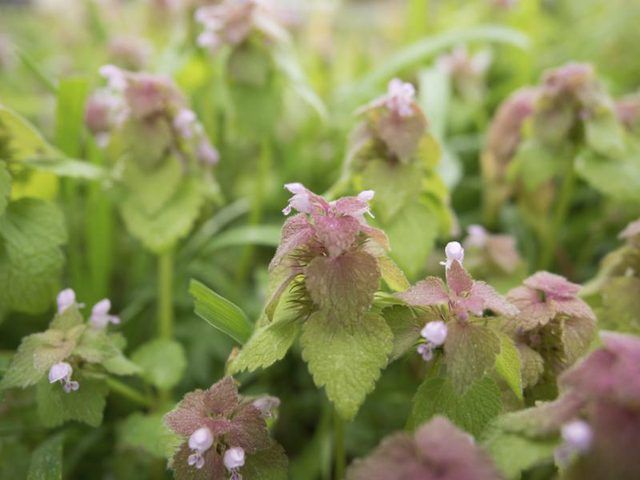Bulbs
Flower Basics
Flower Beds & Specialty Gardens
Flower Garden
Garden Furniture
Garden Gnomes
Garden Seeds
Garden Sheds
Garden Statues
Garden Tools & Supplies
Gardening Basics
Green & Organic
Groundcovers & Vines
Growing Annuals
Growing Basil
Growing Beans
Growing Berries
Growing Blueberries
Growing Cactus
Growing Corn
Growing Cotton
Growing Edibles
Growing Flowers
Growing Garlic
Growing Grapes
Growing Grass
Growing Herbs
Growing Jasmine
Growing Mint
Growing Mushrooms
Orchids
Growing Peanuts
Growing Perennials
Growing Plants
Growing Rosemary
Growing Roses
Growing Strawberries
Growing Sunflowers
Growing Thyme
Growing Tomatoes
Growing Tulips
Growing Vegetables
Herb Basics
Herb Garden
Indoor Growing
Landscaping Basics
Landscaping Patios
Landscaping Plants
Landscaping Shrubs
Landscaping Trees
Landscaping Walks & Pathways
Lawn Basics
Lawn Maintenance
Lawn Mowers
Lawn Ornaments
Lawn Planting
Lawn Tools
Outdoor Growing
Overall Landscape Planning
Pests, Weeds & Problems
Plant Basics
Rock Garden
Rose Garden
Shrubs
Soil
Specialty Gardens
Trees
Vegetable Garden
Yard Maintenance
Purple Deadnettle Control
Purple Deadnettle Control. An annual weed, purple deadnettle (Lamium purpureum) usually isn't a serious problem in gardens. Also called red deadnettle, purple deadnettle grows 4 to 12 inches tall and up to 8 inches wide. Its seeds sprout in spring or fall, depending on the local climate, and plants can flower at any time of year. Cultural methods...

An annual weed, purple deadnettle (Lamium purpureum) usually isn't a serious problem in gardens. Also called red deadnettle, purple deadnettle grows 4 to 12 inches tall and up to 8 inches wide. Its seeds sprout in spring or fall, depending on the local climate, and plants can flower at any time of year. Cultural methods control light infestations effectively, and herbicides are only needed when clearing a large patch of ground.
Hand Weeding
Hand weeding controls a small purple deadnettle infestation. If the weed has just started to show up in small areas in your flower or vegetable beds, pull the plants out before they have time to flower and form seed. Water the soil if it's dry, and firmly grasp each plant at the base to pull it out with the root system intact. Pick up all the purple deadnettle parts, place them in a plastic bag and throw them in the trash. In poor soil, purple deadnettle flowers and sets seed when only 2 or 3 inches high, and seeds sprout in winter in mild climates, so check the infested site weekly for new plants.
Organic Mulches
In areas that have been infested with purple deadnettle for many years, organic mulches prevent seeds sprouting. Annual weeds such as purple deadnettle don't regrow from their roots but sprout each year from seed. A long-term purple deadnettle infestation creates soil filled with seeds, ready to sprout, but excluding the light from the seeds with a mulch prevents them from sprouting. Remove purple deadnettle plants, and spread a 2- to 3-inch layer of mulch such as garden compost, wood chips, shredded bark or other organic matter. Organic mulches thin out over time, so top up the mulch to maintain a light-excluding layer.
Inorganic Mulches
Inorganic mulches control purple deadnettle growing in permanent garden beds. In perennial or shrubs borders where digging the soil is rarely required, landscape fabric provides long-term control of purple deadnettle. Remove purple deadnettle plants and spread landscape fabric over the bare soil, overlapping edges by 3 or 4 inches. Don't allow the fabric to touch plant stems because this can cause rotting. Spread a layer of organic mulch or 1 to 2 inches of an inorganic mulch, such as gravel or pebbles. Pull up purple deadnettle plants that appear in the bare soil around plant bases, and any plants that sprout in the surface of the mulch.
Herbicidal Controls
Herbicides clear a large purple deadnettle infestation. A quick solution for large infestations, herbicides such as glyphosate control purple deadnettle but also harm desired plants. Put on a long-sleeved shirt, long pants and gloves and protect desired plants with sheets of cardboard. Spray purple deadnettle plants with a ready-to-use 2 percent glyphosate product on a still, dry day. Glyphosate is most effective when the plants are actively growing, such as spring in cold climates or spring and fall in mild zones. Glyphosate only controls living plants and doesn't affect seeds. After planting the cleared area, spread a mulch to control purple deadnettle seedlings.